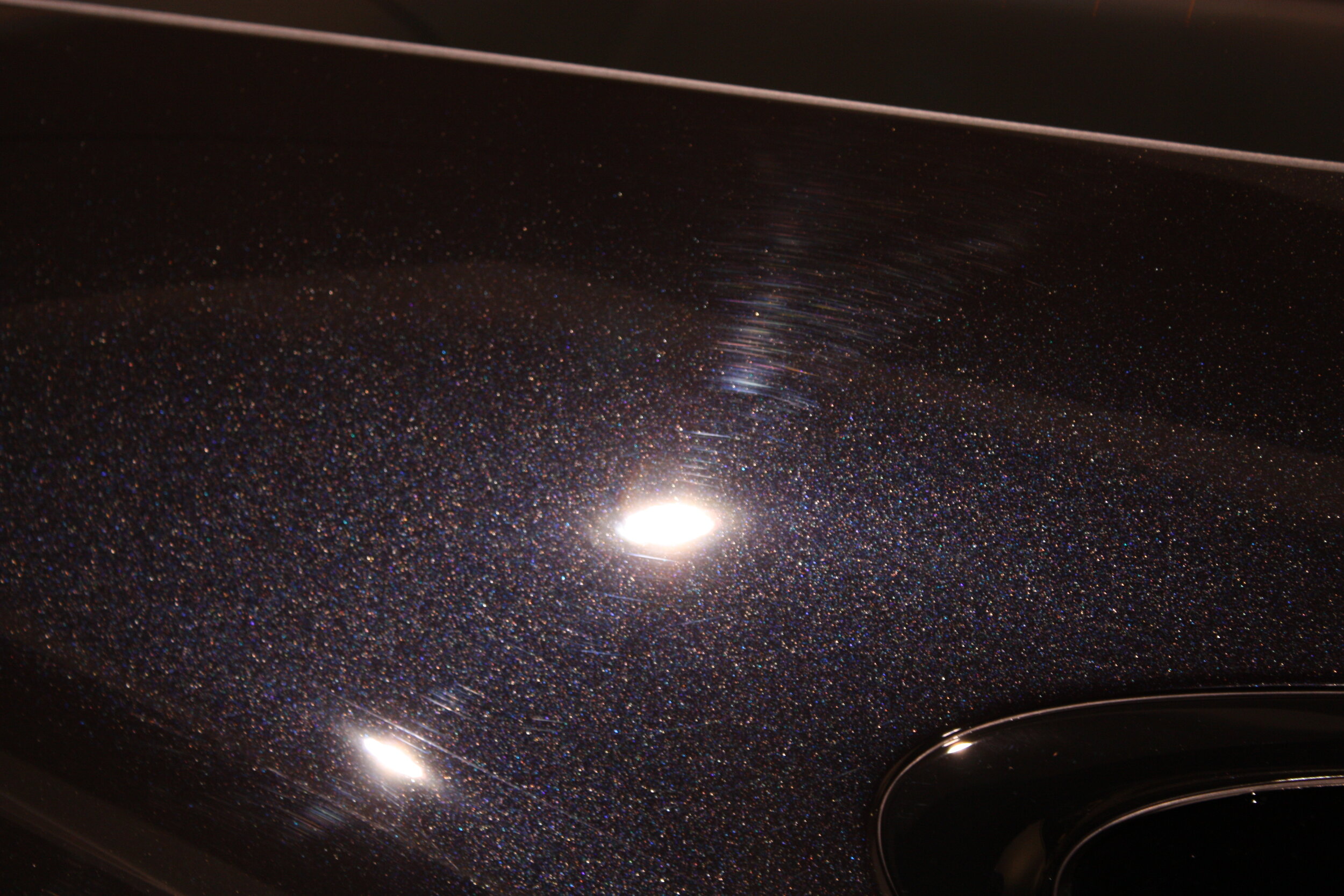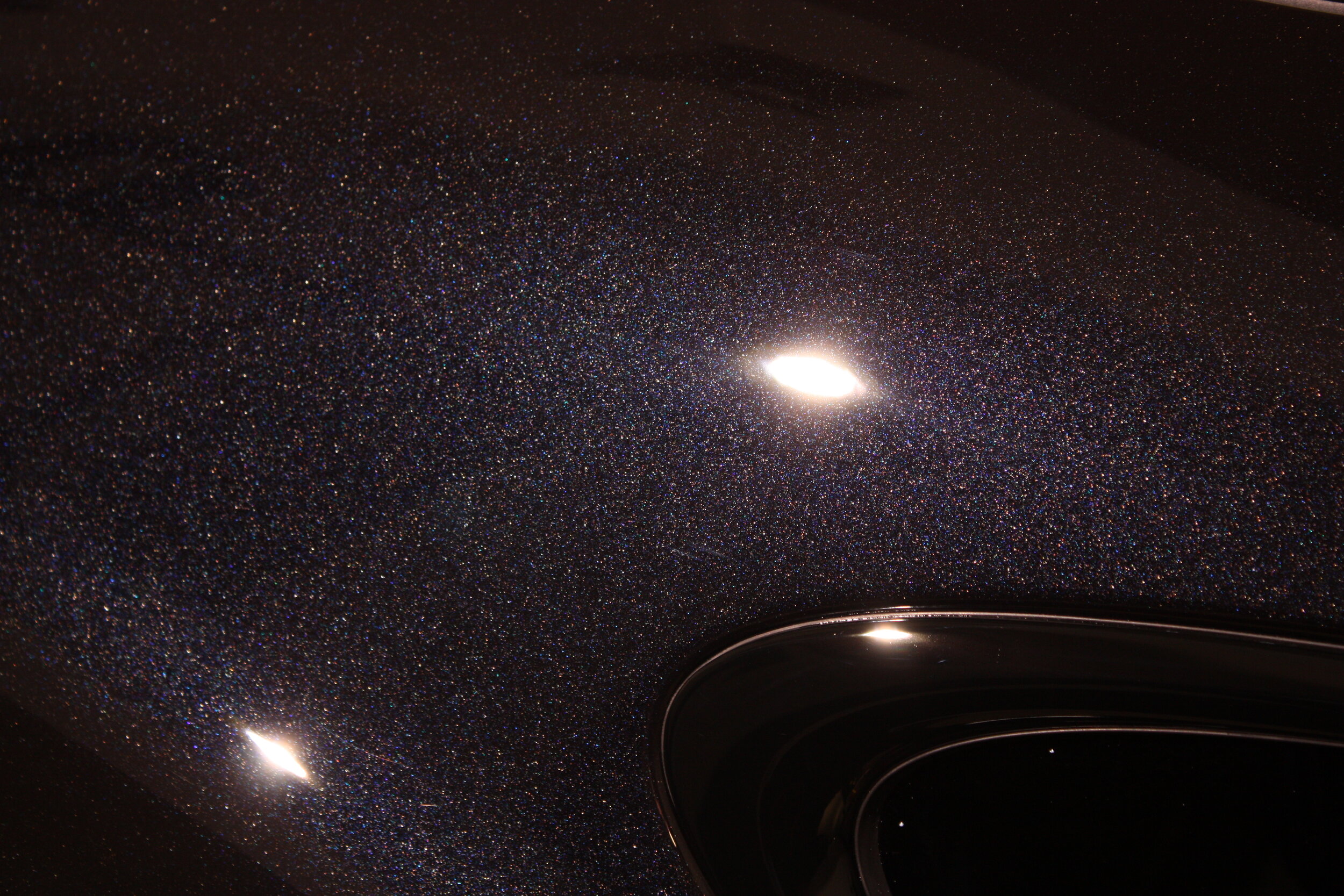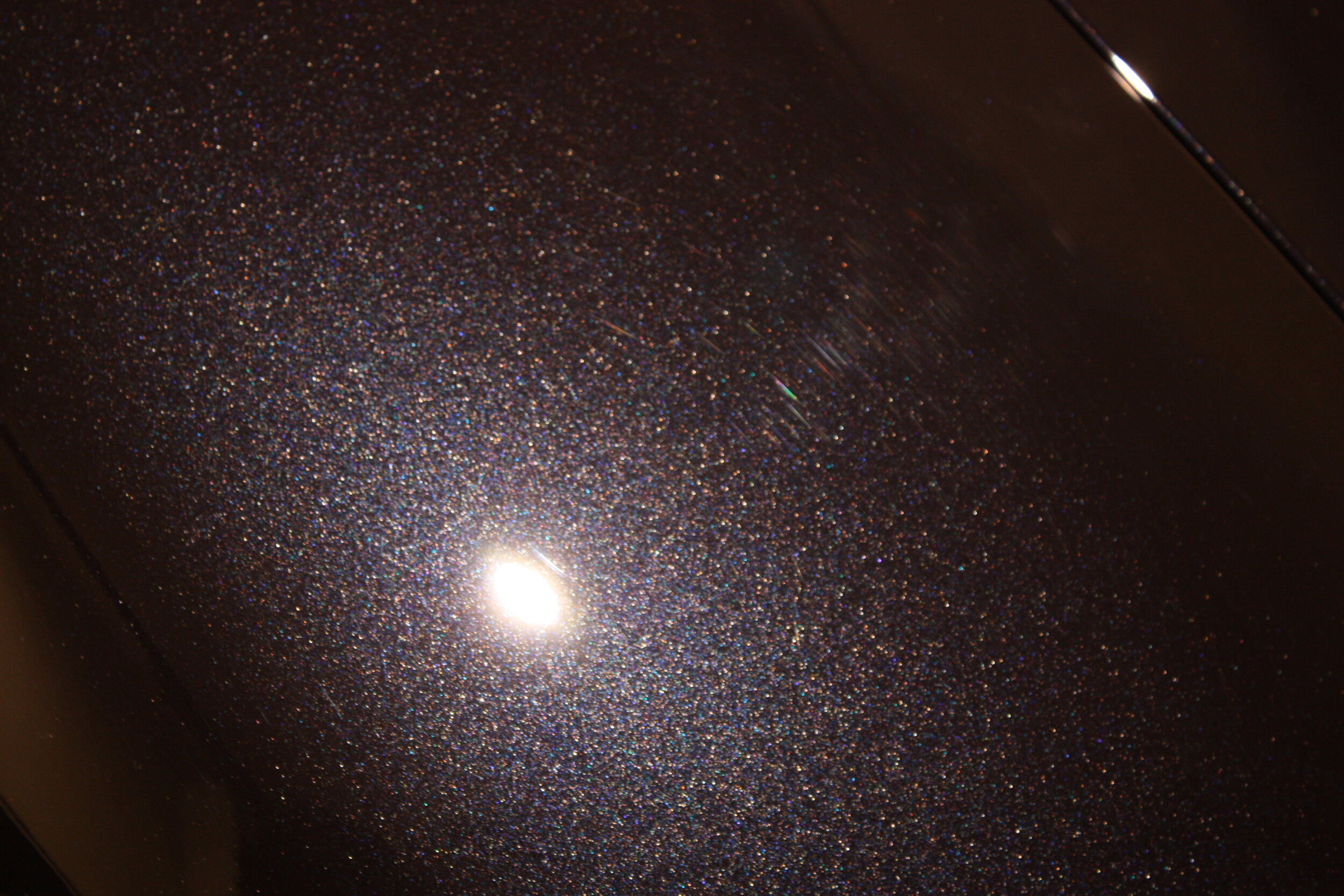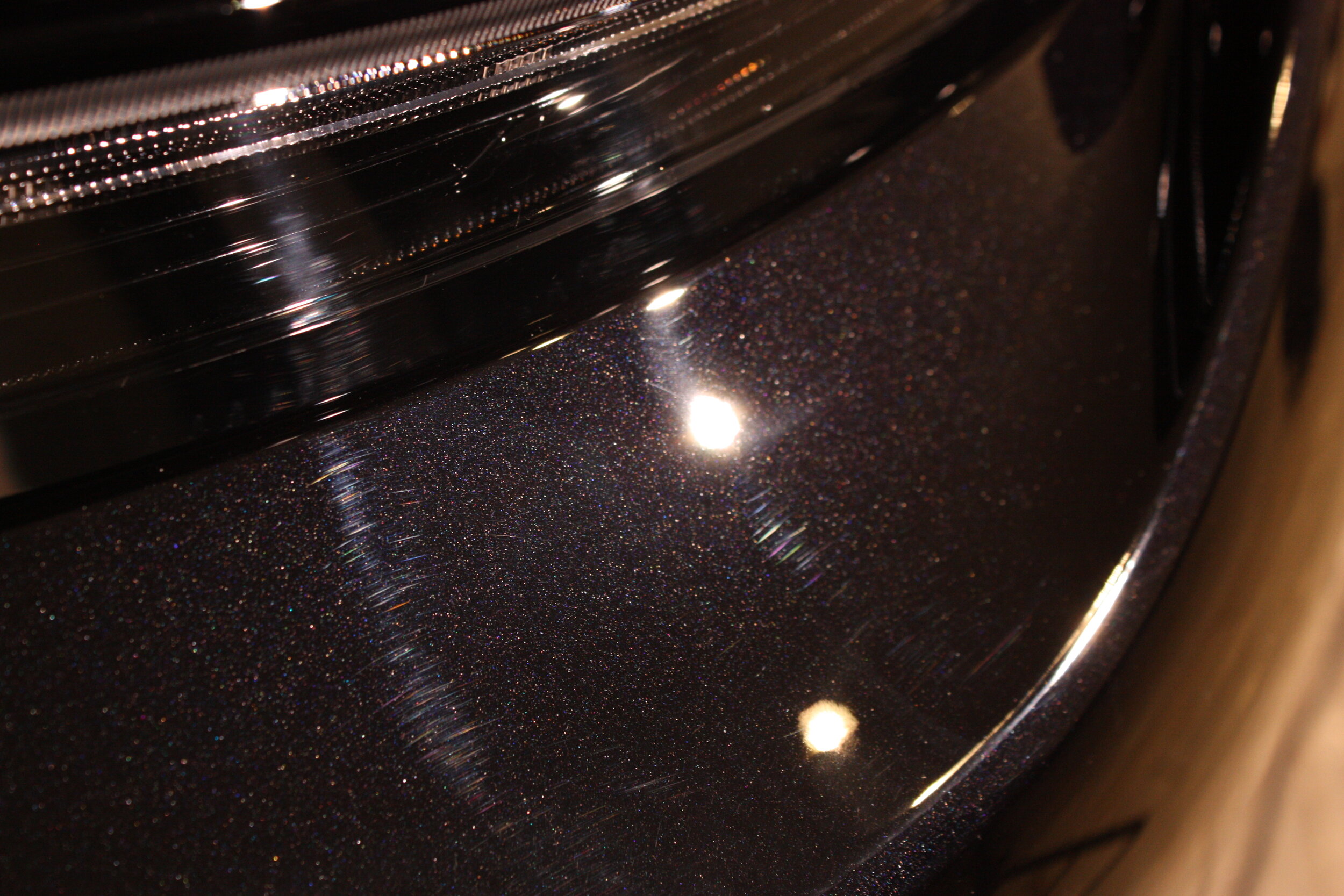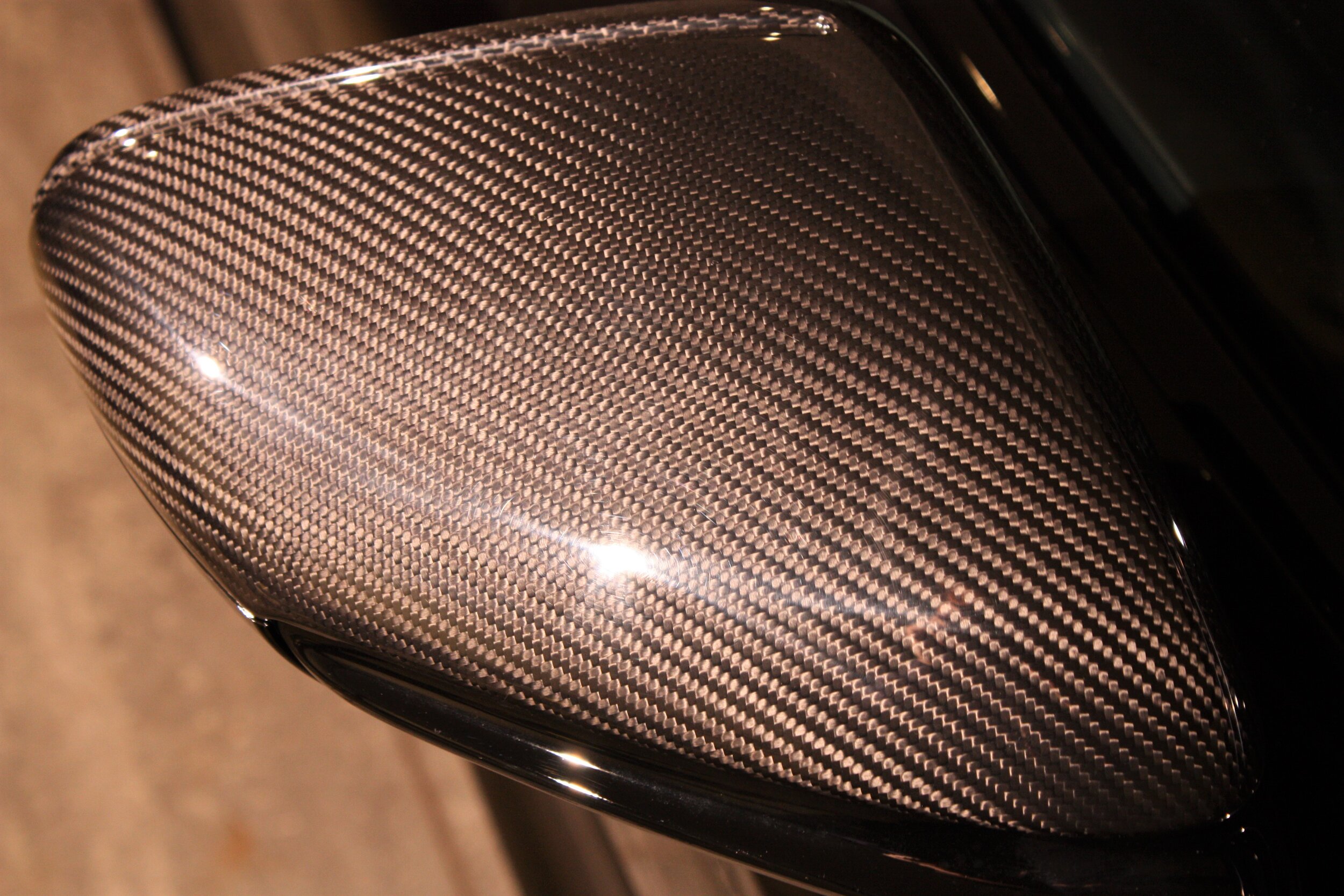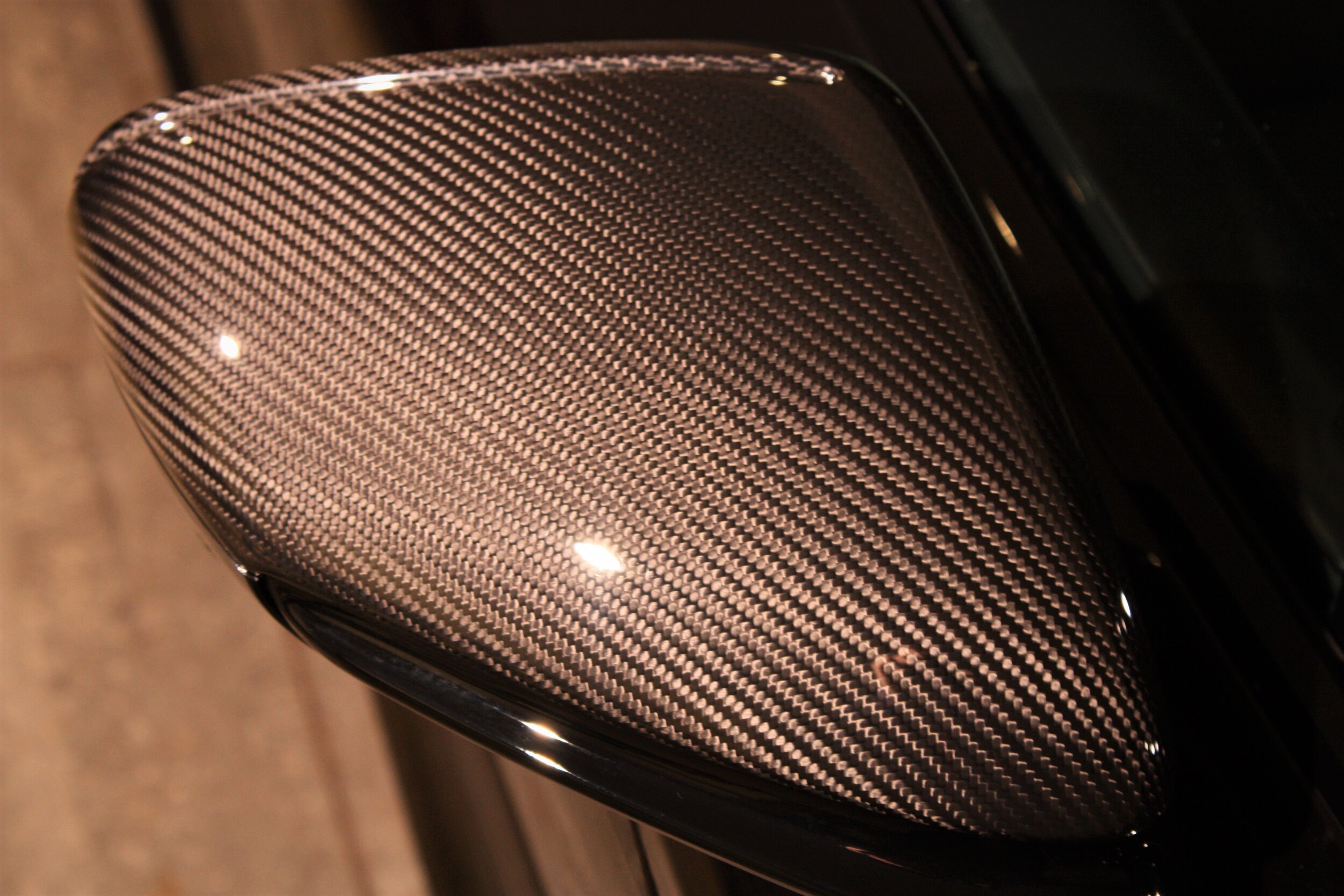Porsche Taycan vs The UDOS
Those of you unfamiliar with what a ‘Taycan’ (pronounced ‘tie-kan’) is, are truly missing out on what is the future of transport. It’s Porsche’s first attempt at a fully electric vehicle, and for a company renown for it’s ability to produce high-revving-track-focussed sports cars, this sports tourer is a marvelous creation. It combines luxury, comfort, and performance. The car we were commissioned to work on, was also a top specification ‘Turbo-S’… yes, probably best not to ask about Porsche’s rationale behind labelling a car with no engine, or indeed turbo, a ‘Turbo-S’; apparently this is a sub-brand within Porsche, who knew?!
This week was also our first opportunity to use the all new UDOS polishing machine by Lake Country Power Tools, on Porsche paintwork. This is one of the most eagerly anticipated machines in recent industry history. More on that later in the article. Let’s take a look at what we got up to over these past few days.
We started in the usual way with a #Labocosmetica Primus snow foam to loosen dirt and debris on the paintwork.
With the paintwork cleaned and prepped for polishing, we were able to examine the paintwork. This car had done 45 miles, the journey back from the dealership, and then parked up until I could get to it. So the damage we can see is from a combination of both factory and dealership… and whilst some of you are probably disgusted at the thought of a brand new £150k car arriving with some sort of paint damage, I can report that it is all very standard, as sad as that is.
Let’s take a look at some damage, and how I corrected it using the UDOS, to leave a finish that far exceeds even that of the factory.
About the UDOS then, it stands for User Defined Orbital Stroke. Those familiar with machine polishing will know that 90% of detailers these days are equipped with the Rupes Bigfoot - a machine that revolutionised the industry; prior to long stroke machines, paint correction was quite a long winded affair and required a greater degree of skill to achieve a perfect finish. So what of the UDOS? it is a 5-in-1 machine, which offers various strokes depending on the task. Quite handy, especially when tasked to go mobile to carry out this type of work.
In simple terms, the larger strokes lend themselves better for taking out paint damage, the smaller ones are better for finishing. These are ‘Dual Action’ features, which are a safe bet to correct and finish in one step as there’s very little chance of leaving behind minor damage by the paint correction process itself. Rotary can do everything, depending on your pad and polish choice, but creates a fair bit of heat which can burn the paint if used incorrectly (highly unlikely, though), and will most likely leave behind paint damage in the form of holograms in the hands of the inexperienced user.
So I used a couple of settings for this Taycan. In the worse effected areas I used the P3 setting, which is a 21mm stroke, the largest on offer. This quickly removed the paint damage. It’s a long established fact that Dual Action machines cannot achieve the same finish as a Rotary however, which is where many detailers new to the industry fall foul in their service offerings. Rotary machines rarely get used anymore due to the speed and finish that can be achieved with a Bigfoot machine, for example. For the most part the finish is perfectly acceptable, and infact the majority of my treatments are carried out using the Bigfoot. But every now and then I get asked to go the extra mile… Let’s break the finish down for you, so you can see the difference for yourself…
This was a rear door, corrected using the P3 setting.
The above image shows the offside rear door following a correction. This finish is great, I’m sure you agree? no more fine scratches and swirls. Look either side of the light source, what do you see? The light dissipates outwards along the swage line. It does this because at a microscopic level, the dual action of the polisher has created a very fine haze (micro marring). This is where the UDOS comes into its own. Using the same pad and polish combination I rotated the machines collar around the the R setting.
What is the ‘R’ setting? Rotary. Not Race.
The same panel after further paint correction.
As you can see in the above image, the colour looks much richer, and when looking either side of the light source again like before, the light doesn’t dissipate outwards anywhere near as much - it’s much tighter to the source. This is the effect of using a Rotary polisher. Interestingly, this was using the same pad/polish combination as the previous image, the only difference was the type of machine.. or in this case, the setting on the UDOS.
So what happens when you’ve done all of this? it’s time to wipe away any remaining polish residue, and start protecting the finish. In recent years, the choice of protection is usually a combination of front end Paint Protection Film (PPF) and ceramic coatings - on this occasion a self-healing ceramic coating was requested. The end result, once the wheels were removed for sealing, along with the calipers, and the interior being treated, was a Porsche Taycan Turbo-S that looked better than it left the factory.
The end results of our Ultimate New Car Detail are mind blowing. What I’ve shown you here doesn’t even begin to cover the true amount of work that goes into a 3 day detailing treatment like this.
If you’ve recently purchased a new car and have been considering a detailing treatment, hopefully this article sheds some light on what I see within this industry daily in terms of car preparation, and the results I have consistently achieved for over a decade. Still not sure? check out THIS article I wrote on a brand new Porsche GT4 earlier this year.


